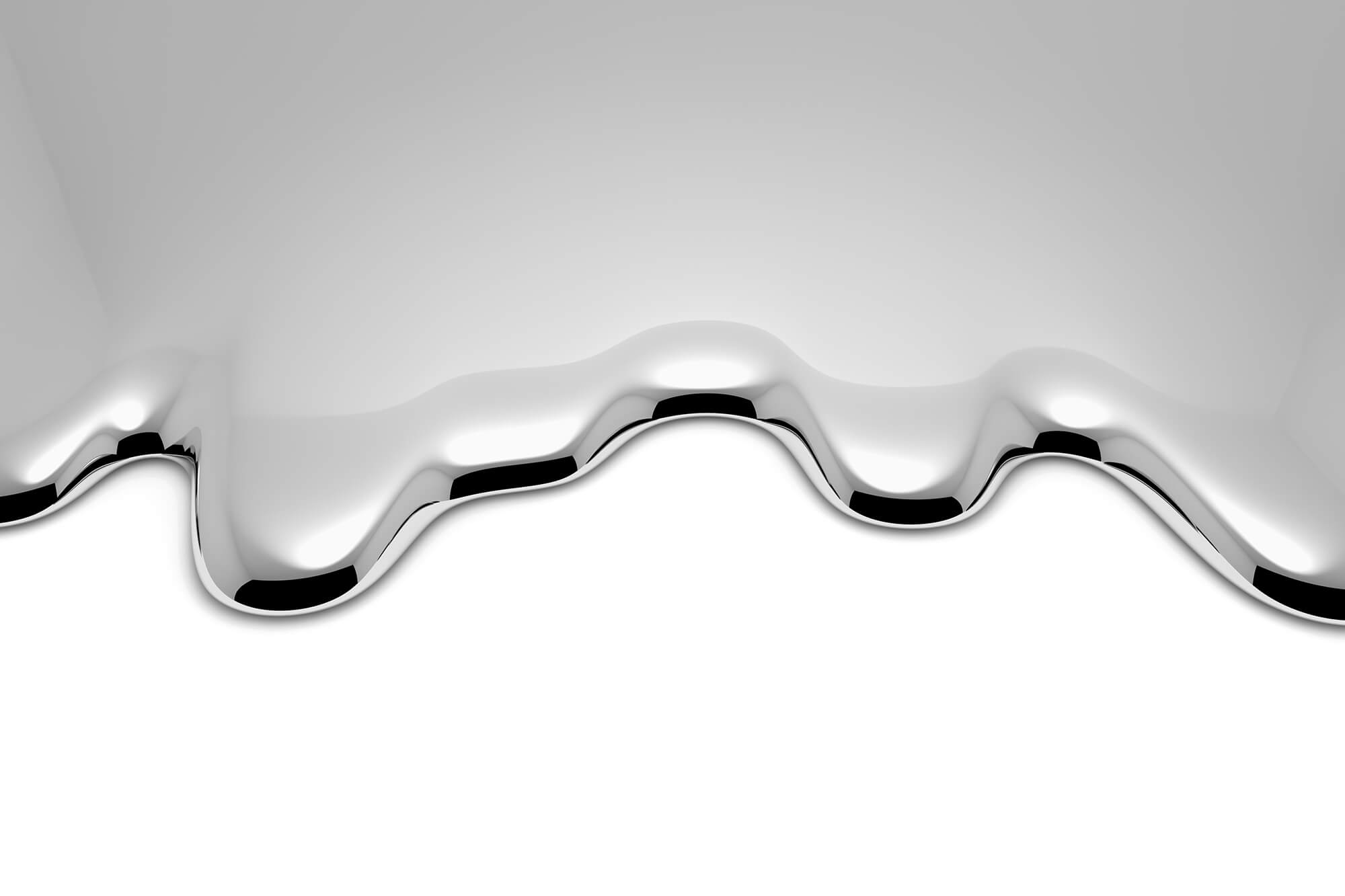


Achieving Uniform Super-high Density Wall Thicknesses
T-casting is the ideal casting technique for products where high quality is required in the strength and grain size, such as highly efficient engine parts and various frame materials. Products manufactured by the creative techniques of T-casting, have high-density and high-definition features beyond the common knowledge of conventional cast products. By achieving a grain size which is equal to forging, high dimensional stability and durability can be achieved in products used under high temperature, which greatly improves the reliability of products. The high level of the T-casting quality has already been proven through its introduction into a large number of products, making full use of the latest technology. Particularly, the high level of the grain size quality is astonishing in the improvement of quality in products which require heavier wall thicknesses. Naturally, it can handle any type of molding by performing precision machining.
Problems in Conventional Manufacturing Methods
Conventionally, it was difficult to perform quality control of the internal features. Therefore, it was necessary to make designs in consideration of the particularly low uniformity of the heavier wall thickness portions.
Also, shrinkage cavities and the occurrence of pinholes could not be avoided.
Quality Performance Comparison between T-Casting and Other Castings
* Since T-Casting is a mass production casting of advanced internal quality, the quality performance was compared with other similar casting methods.


1. Grain Size
We have achieved microscopic grain sizes, which was impossible using the conventional casting techniques. High quality product features can be achieved without relying on high cost forging methods. This technology balances the quality and cost at a higher dimension.
2. Product Stability
We have achieved minimization in the shrinkage cavities and the occurrence of pinholes, which is a part of cast products. Among the currently available casting techniques, this method can achieve the most stable internal features. As such we do not allow the emulation of other cast products.
3. Heavy Wall Thickness Compatibility
We have achieved uniform feature quality from the casting surface to the center portion. The heavy wall thickness compatibility which upsets the conventional common knowledge, such as the feature density becoming rough towards the center of the heavy wall thickness portions, increases the flexibility of product designs, and allows for the production of products with much less intensity difference by portion.


